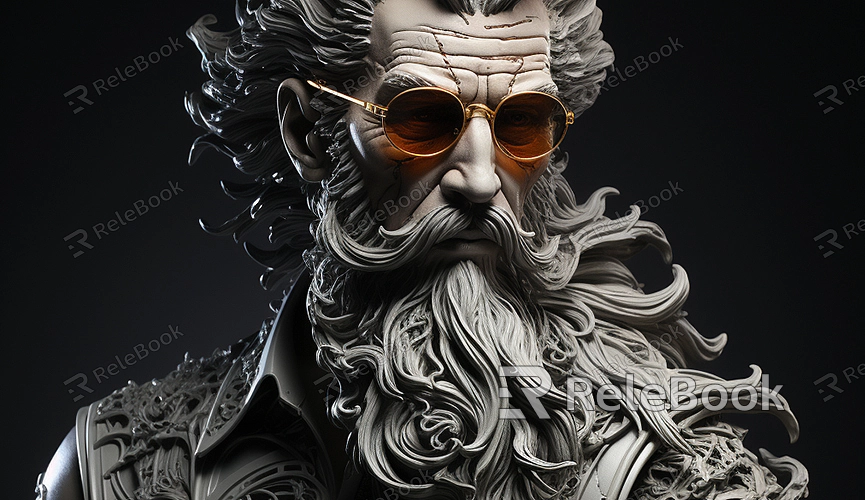How to 3D Model with Maya
Maya is a powerful 3D modeling software developed by Autodesk, widely used in film, gaming, and animation industries. It offers a rich set of tools and functionalities that enable users to create complex and realistic 3D models. This article provides a detailed guide on how to 3D model with Maya, seamlessly integrating recommended resources throughout the process.
I. Maya's Basic Interface and Tools
Before diving into modeling, familiarize yourself with Maya's basic interface and commonly used tools:
1. Interface Overview
Maya's interface is divided into four main sections: the menu bar, toolbars, viewports, and attribute editor. The menu bar offers various commands, toolbars contain commonly used tools, viewports display and manipulate 3D models, and the attribute editor adjusts model parameters.

2. Commonly Used Tools
- Selection Tool: Used to select models or their parts.
- Move Tool: Adjusts the position of models.
- Rotate Tool: Rotates models.
- Scale Tool: Resizes models.
- Polygon Creation Tool: Constructs basic polygonal models.
II. Creating Basic Models
1. Creating Basic Geometries
The most common modeling method in Maya involves creating basic geometries like cubes, spheres, and cylinders, which are then modified.
1. Open Maya and select the "Polygon" menu.
2. Choose the desired basic geometry, such as a cube, from the toolbar.
3. Click and drag in the viewport to create the chosen geometry.
2. Editing Basic Geometries
After creating basic geometries, utilize Maya's tools to edit them as needed.
1. Select the model, right-click, and choose "Vertex" mode.
2. Select the vertices you want to edit and use the move, rotate, or scale tools to adjust them.
3. Enhance model detail by adding edge loops and subdivisions.
III. Refining the Model
After establishing the basic model, refine it to enhance realism.
1. Using Subdivision Surfaces
Subdivision surfaces are powerful tools that smooth and refine a model's surface for a more realistic appearance.
1. Select the model and click the "Subdivision Surfaces" tool.
2. Adjust subdivision levels to achieve a smoother model surface.
2. Utilizing Sculpting Tools
Sculpting tools enable detailed sculpting on a model's surface.
1. Select the model and click the "Sculpting" tool.
2. Use various sculpting brushes to add textures and fine details.
IV. Adding Materials and Textures
Once the model is refined, enhance its realism by applying materials and textures.
1. Applying Materials
1. Select the model and open the "Material Editor."
2. Assign a material such as "Blinn" or "Lambert" to the model.
3. Adjust material properties like color and reflectivity.
2. Adding Textures
1. In the "Material Editor," locate the "Color" property.
2. Click the adjacent square box and select "File."
3. Import the desired texture image.
V. Exporting and Saving the Model
After completing your model, save or export it for future use in other projects.
1. Saving the Project
1. Click on the "File" menu.
2. Select "Save Scene," enter a file name, and choose a save path.
2. Exporting the Model
1. Click on the "File" menu.
2. Select "Export Selection," choose the desired file format (e.g., OBJ or FBX).
By following these steps, you've learned how to effectively 3D model with Maya, from creating basic geometries to refining models and adding materials and textures. Maya provides a comprehensive toolkit for modeling tasks, ensuring versatility and creative freedom. For high-quality 3D textures, HDRI environments, or downloadable 3D models to complement your modeling and virtual scene creation, consider downloading resources directly from Relebook.

